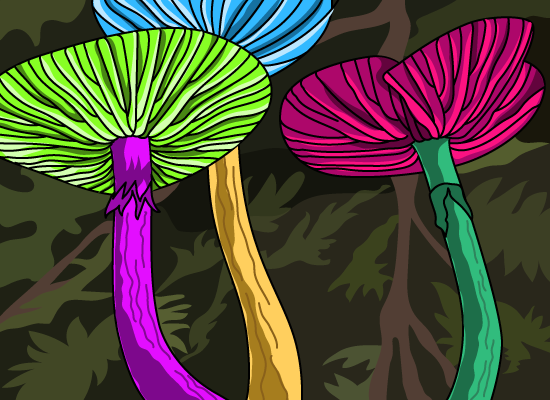There are entire ecosystems thriving beneath our feet.
I co-authored this week’s Instigator with Toby Kiers, Professor of Evolutionary Biology and University Research Chair at Vrije Universiteit Amsterdam and the Executive Director of the Society for the Protection of Underground Networks (SPUN). I serve as the Chair of SPUN’s Board of Directors.
SPUN’s mission is to protect and harness the mycorrhizal networks that regulate the Earth’s climate and ecosystems. You can help us by sharing this with anyone who may be interested.
Every day across the world, an area roughly the size of 1,000 football fields is paved over to make way for freeways, parking lots and construction sites. This activity seals and traps hidden underground ecosystems and their carbon-capturing capabilities.
Soils store 75% of all terrestrial carbon. Every acre lost to pavement, erosion, pollution and agricultural expansion is a dent in the planet’s climate-regulating toolbox. An astonishing 25% of all species live underground. Some analyses suggest that soils are the most diverse ecosystem on Earth, containing more species than all the plants and animals in the world’s tropical forests combined. Yet efforts to limit climate change and protect biodiversity fail to include underground organisms. This is a mistake.
The subterranean superheroes include mycorrhizal fungi, a network-forming fungus that has been evolving an underground economy with plant roots for over 400 million years. Plants and fungi work together in a highly choreographed – and intimate – trade symbiosis. Plant roots feed the fungi sugars and fats; in return the fungi provide phosphorus and nitrogen.
